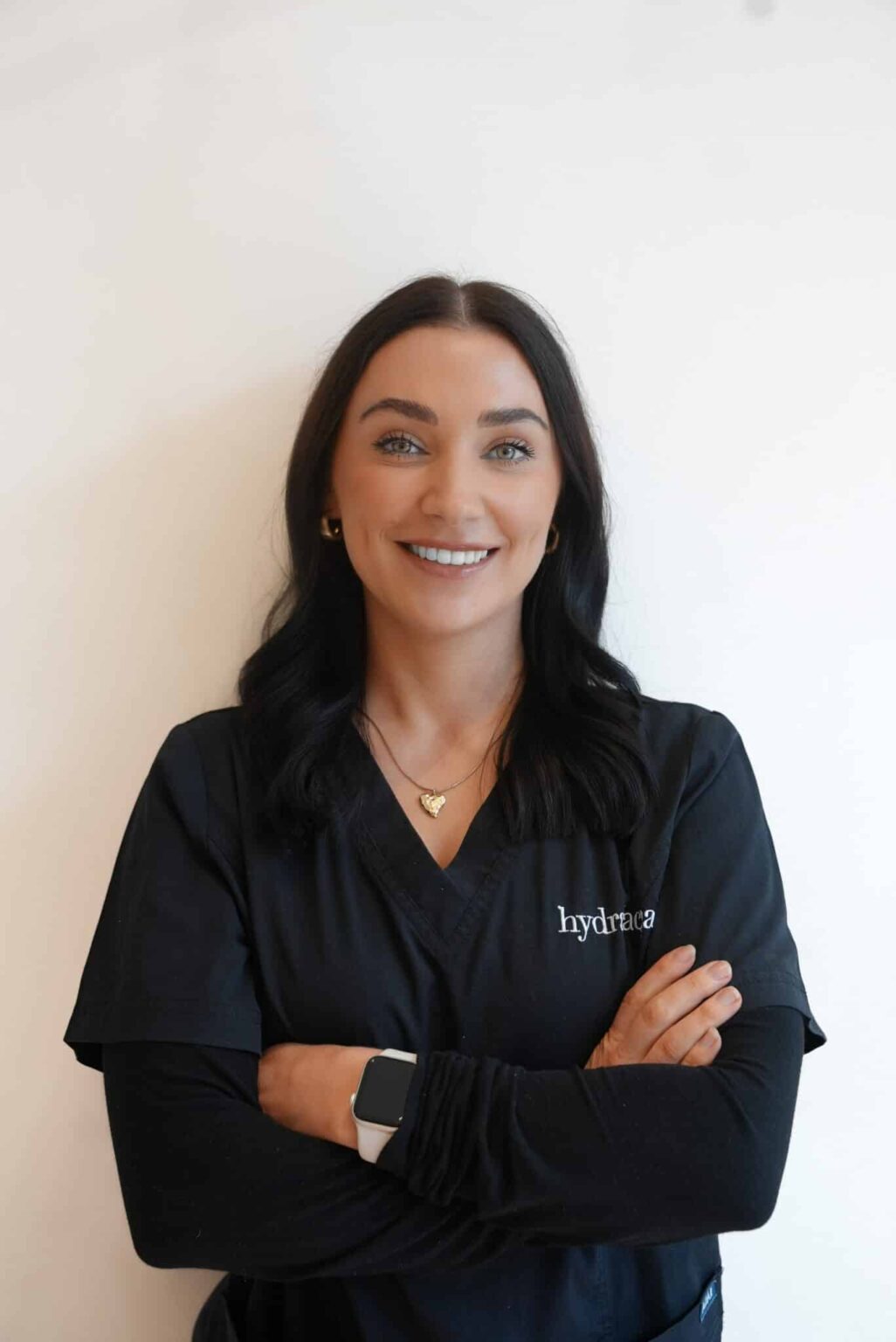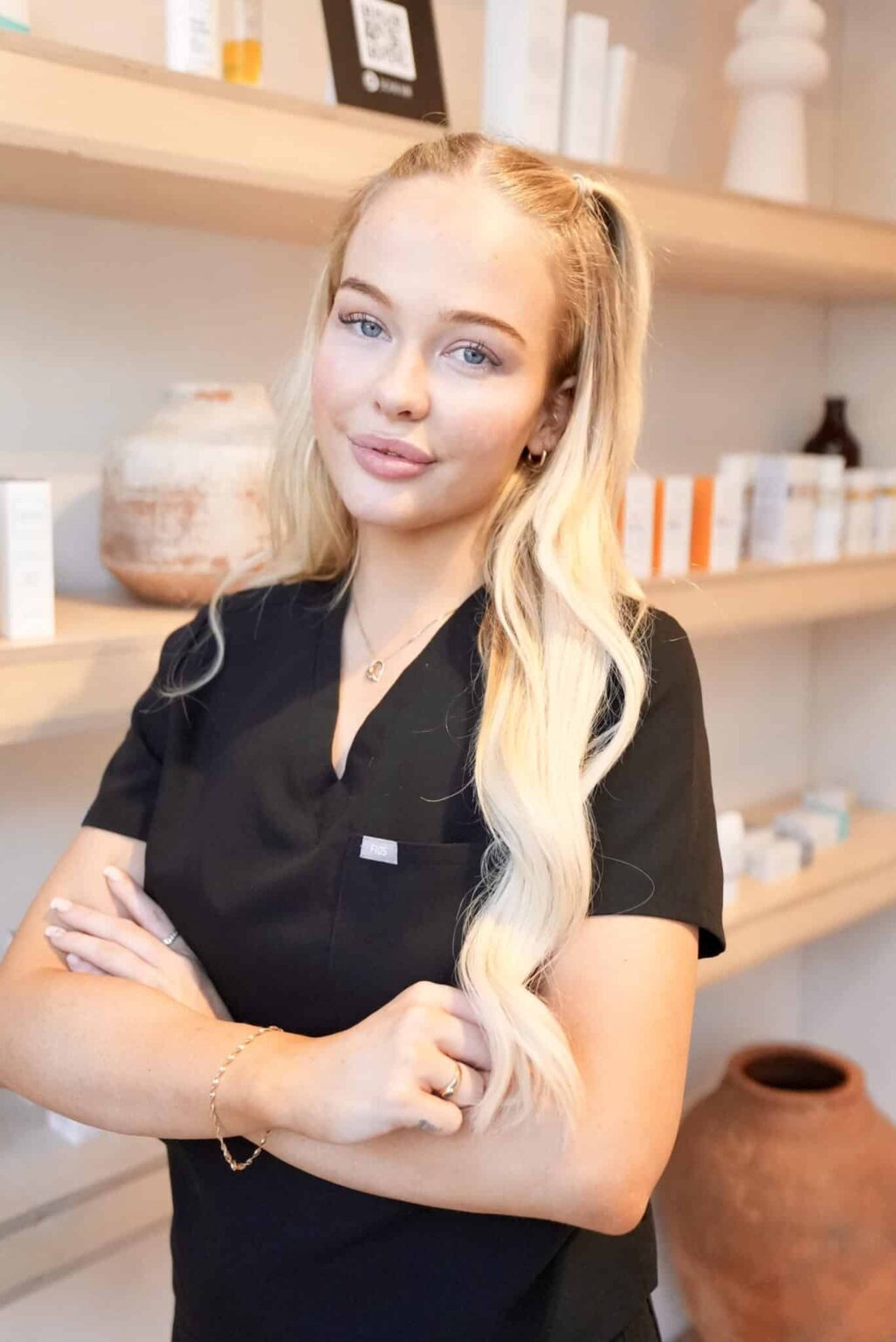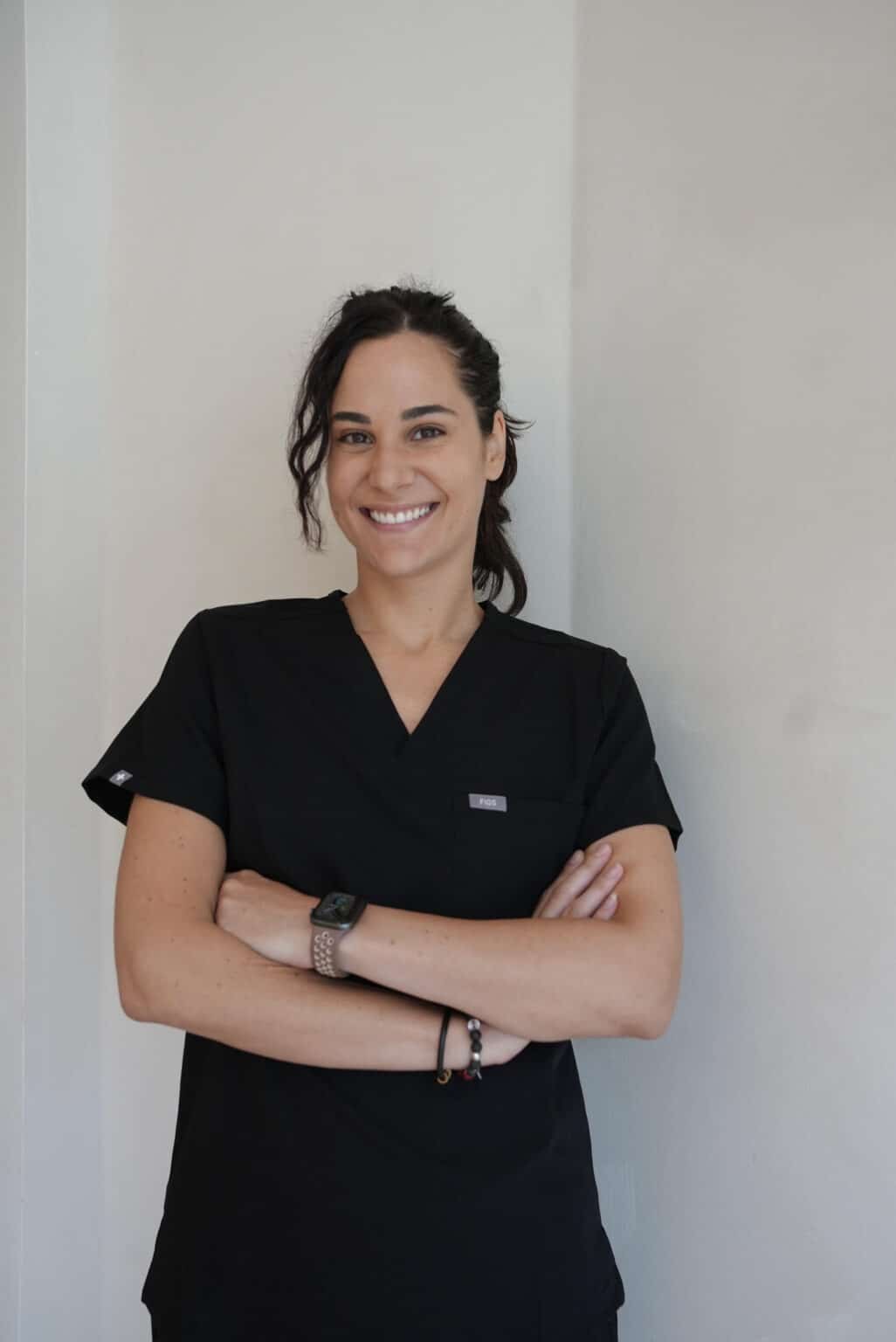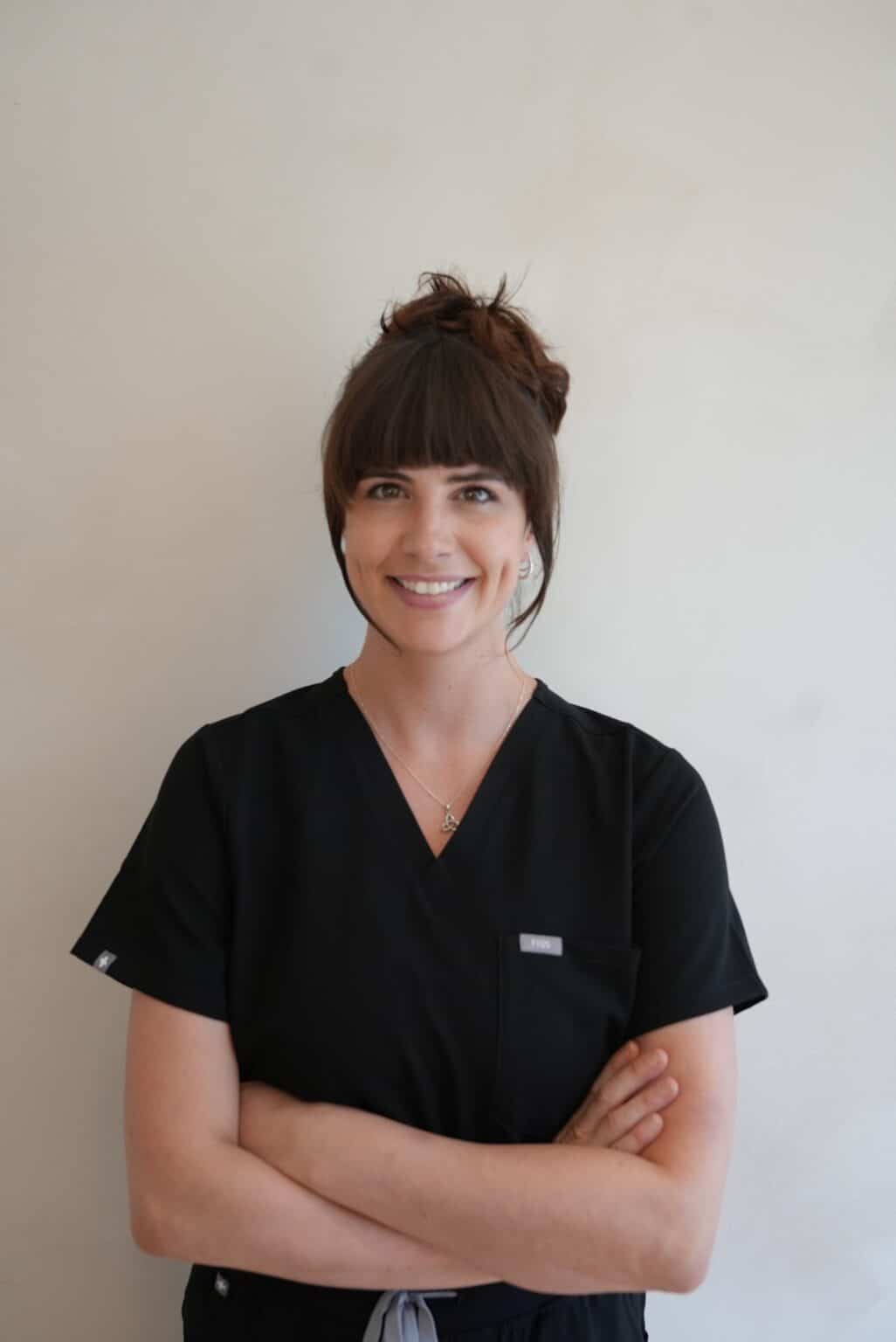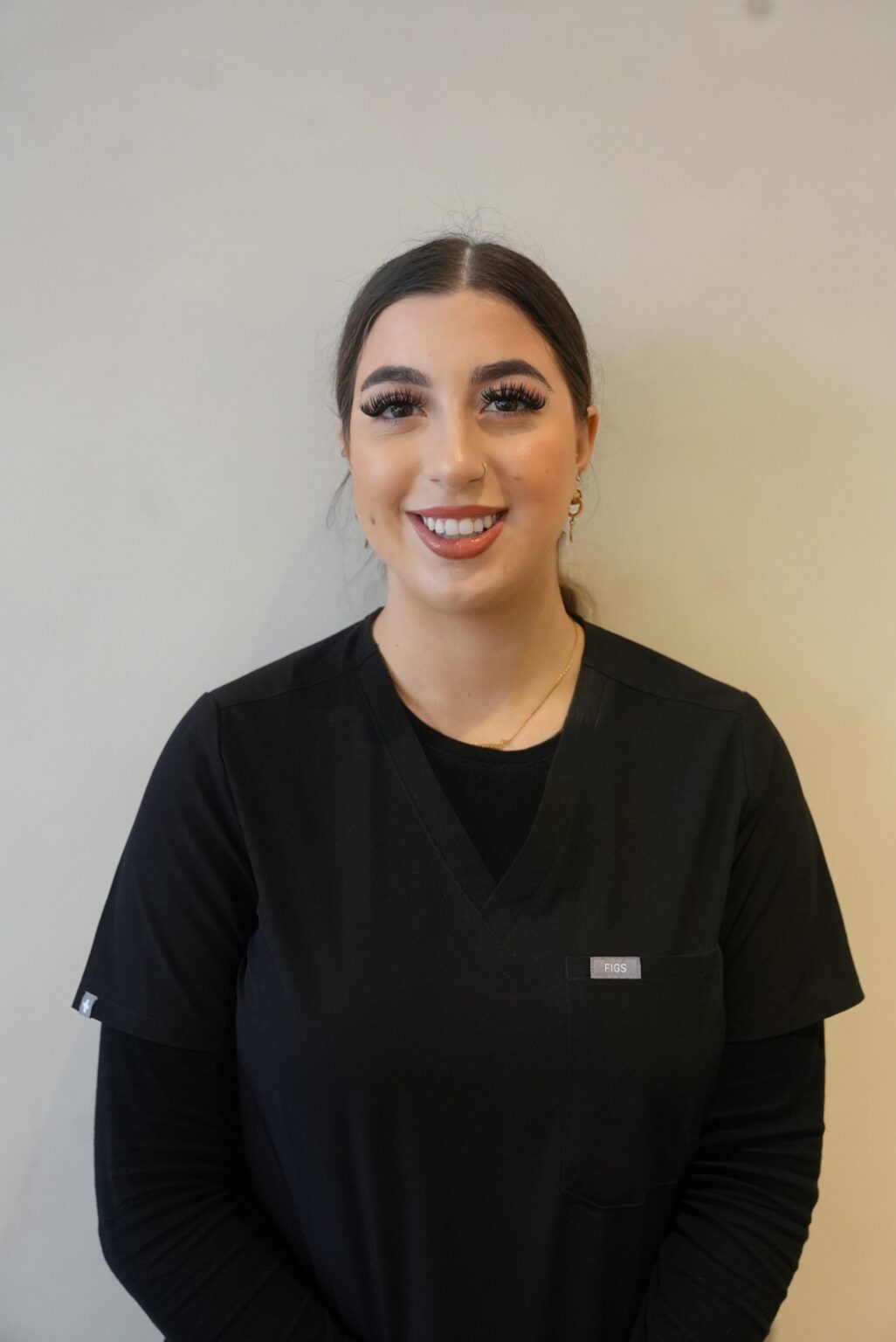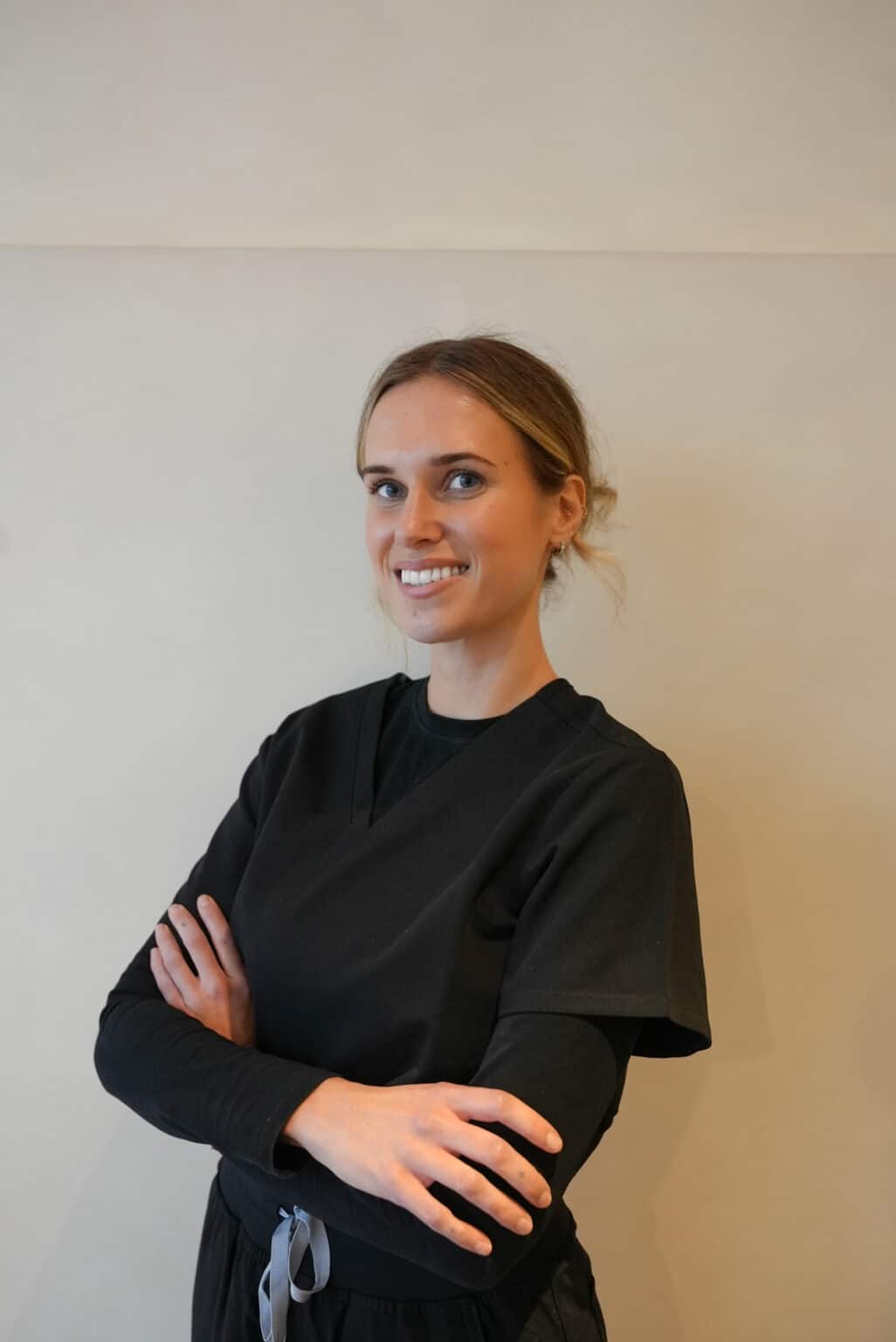What is Chin Filler?
Chin Filler is a popular treatment used to help enhance a weak chin, balance a patient’s profile or smooth out irregularities such as dimpling, through the increasing volume to the area. Also known as a non-surgical chin augmentation, chin fillers have grown in popularity in recent years due to their ability to transform one’s side profile, however, it is known to have a longer downtime than other treatments.
Before we get into downtime, let’s look at some popular chin filler questions…
Who should have chin fillers?
People over the age of 21 who would like to better define their jawline, strengthen their chin or fill wrinkles or dents in the chin are good candidates for chin fillers. Often those in their 40s onwards may experience some volume loss around the lower face, therefore dermal filler can be used on the chin to stiffen the skin and define the chin and jowl area.
Is getting chin filler painful?
Every chin filler treatment will be different depending on what you are trying to achieve. It also depends on your pain threshold; for some, it may feel painful and for others, it will just be uncomfortable. The chin is a sensitive area, so you might feel a little more ‘pinching’ there than other areas of the face. We use a topical Topical anaesthetic to ensure the treatment is as comfortable as possible.
What Are Some Benefits of Chin Filler?
There are many benefits to this type of non-surgical procedure. These include:
- Minimal downtime in comparison to surgery
- Only uses a topical anaesthetic
- You can see instant results
- Can be touched up with follow-up treatments to maintain the look you prefer
- It is far less expensive than an actual chin implant
- You can build up volume over time
- Results can look natural
How Long Do Chin Filler Results Last?
Most chin filler treatment results tend to last between 12-15 months. The expected longevity of your fillers will also depend on the specific brand, your metabolism, and other factors.
How Long Does It Take for Chin Filler to Settle?
Chin filler is known to have a little more downtime than other dermal filler treatments. This is because the chin is quite a sensitive area of the face, therefore it swells more than other areas. Furthermore, we use a thicker type of dermal filler in the chin than, for example, in the tear troughs, therefore it takes a little while longer to integrate into the tissue.
Swelling subsides, typically, within a few days. It’s most apparent 24 to 72 hours after treatment before starting to subside gradually. Very occasionally, swelling can last from several days to four weeks. Swelling and bruising in the chin area is common and nothing to worry about.
Interested in chin filler?
Head to our booking page, to book a free consultation at our Chelsea or Kent Clinic.



